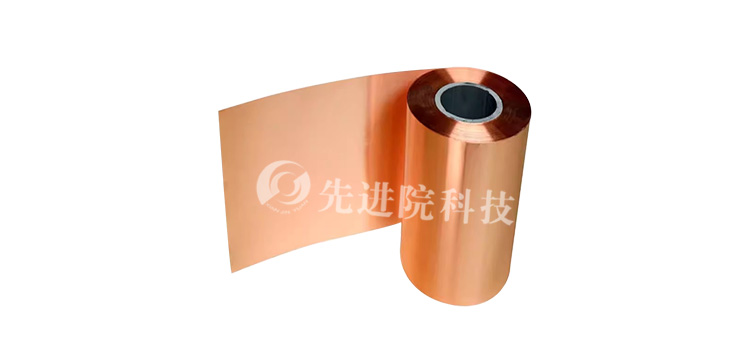

Hotline:0755-22277778
Tel:0755-22277778
Mobile:13826586185(Mr.Duan)
Fax:0755-22277776
E-mail:duanlian@xianjinyuan.cn
Copper foil composite foil materialThe flame retardant structure can also reduce the safety hazards of battery combustion. Partial composite foil materials can form a flame retardant layer by filling with flame retardants and sealing it with modified paraffin wax. When the temperature reaches the softening point of modified paraffin (about 80 ℃), the paraffin melts from the pores, and the flame retardant can be released from the pores to prevent the battery from burning due to high temperature.
Diaphragm coating helps reduce the probability of thermal runaway
The separator mainly plays a role in ensuring safety and providing microporous channels for conducting ions in lithium batteries.
In terms of safety, the diaphragm material must have good insulation to prevent short circuits caused by contact between the positive and negative electrodes, or by burrs, particles, or dendrites piercing through it. Therefore, the diaphragm needs to have a certain tensile and puncture strength, be not easy to tear, and maintain dimensional stability under sudden high temperature conditions, without melting and shrinking, which may cause large-scale short circuits and thermal runaway of the battery.
In terms of ion conductivity, the membrane needs to have a high porosity and uniform distribution of micropores, as well as good wetting properties for the electrolyte. It should be able to absorb and retain an appropriate amount of electrolyte in the pore structure of the membrane to achieve lithium ion migration and normal operation, and avoid electrode polarization.
The mainstream materials for manufacturing membranes that have been commercialized in the field of base film are polypropylene microporous membrane and polyethylene microporous membrane, developing materials such as non-woven fabric ceramic particle composite membrane, and developing materials such as polyimide (PI). During the thermal runaway process of power lithium-ion batteries, the separator will undergo two stages: closed cell and melting. As the temperature increases, the diaphragm will first close its pores; When the temperature continues to rise, the diaphragm melts and loses its function of separating the positive and negative poles, causing contact between the positive and negative poles and resulting in an internal short circuit. The closed cell and melting characteristics of different membranes are different. For example, the melting temperature of polyethylene (PE) membranes is 130-140 ℃, while polypropylene (PP) membranes is 160-170 ℃. From the perspective of diaphragm design, there are mainly the following ideas to improve the safety of batteries:
Design membranes with thermally induced blocking properties. As a hot "smart" electrospun membrane, the electrospun fibers consist of a TPP core and a heat sensitive polyvinylidene fluoride hexafluoropropylene copolymer (PVDF-HFP) shell. During normal operation of lithium-ion batteries, TPP does not affect the cycling performance of the battery. However, when the battery overheats, the PVDF-HFP shell melts and breaks, releasing TPP flame retardant and capturing combustion free radicals to prevent thermal runaway combustion and explosion of lithium-ion batteries.
Preparation of high thermal stability composite membranes by compounding with inorganic coatings. If ceramic nanoparticles such as silicon dioxide (SiO2), titanium dioxide (TiO2), and aluminum oxide (Al2O3) are used to coat the surface of the diaphragm, it not only improves the strength and wettability of the diaphragm, but also enhances its heat resistance and safety during use.
Design membranes with flame retardant properties. CommercializationPP/PE/PP copper platingTaking nickel plated three-layer structure diaphragm as an example, the middle PE layer is the protective layer. When the internal temperature of the battery rises above the critical temperature, the porous PE layer partially melts, sealing the membrane pores and preventing Li migration in the electrolyte. The PP layer provides mechanical support to avoid internal short circuits. Thermoresponsive PE or paraffin microspheres can also be used as protective layers for battery negative electrodes/separators to achieve thermally induced blocking properties. When the internal temperature of the battery reaches a critical value, the microspheres melt and form a blocking barrier on the negative electrode/separator, causing the battery to terminate operation and stop continuing to generate heat.


Advanced Institute (Shenzhen) Technology Co., Ltd, © two thousand and twenty-onewww.avanzado.cn. All rights reservedGuangdong ICP No. 2021051947-1 © two thousand and twenty-onewww.xianjinyuan.cn. All rights reservedGuangdong ICP No. 2021051947-2